Biofloc Tilapia Density
High stocking density HSD 515 112 g and kept in eight biofloc units containing water without carbon sources control groups or with glycerol molasses or starch. Tilapia and bioflocs.
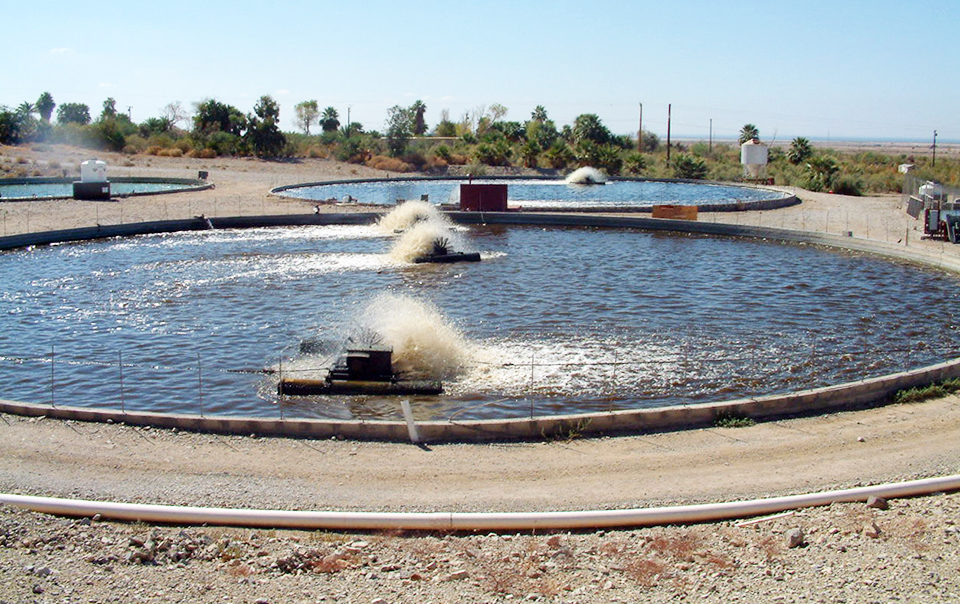
Tilapia Production Using Biofloc Technology Global Aquaculture Advocate
Overall the Nile tilapia nursery in a biofloc syst em showed higher individual growth at densities up to 300 fishes m -3 and increased stocking density up to 500 fishes m -3.

Biofloc tilapia density. Average individual body weight of Nile tilapia raised in biofloc system with minimal water exchange in different stocking densities 1875 fishm 3 375 fishm 3 5625 fishm 3 and 75 fishm 3 as functions of time days of the experiment. What is the recommended stocking density for Vannamei shrimp and tilapia in a Biofloc system. About 20 to 30 percent of the nitrogen in added feed is assimilated by fish implying that 70 to 80 percent of nitrogen added as feed is released to the culture environ -.
Tilapia between feedings of pelleted diets. 0 8 16 and 24 fish per tank 90 L useful volume. Eight groups were established at two levels of stocking densities 140 fish per m3.
Mixed-sex Nile tilapia with an initial average body weight of 700 025 g were stocked at a density of 30 fish m 2. The filter-feeding herbivores adapt to the harvest of bioflocs suspended in the water and the strong stable fish grow and flourish in dense systems. Tilapia are ideally adapted to biofloc systems.
Four levels of tilapia stocking density were evaluated. Parahaemolyticus in water samples were observed to be consistently lower in the TGW 010 3 cfumL tanks than in the other two culture systems 010 4 cfumL. Annual yields at final densities of 160-350 fishm 3 are 76-116 kg kgm 3.
The postlarvae of Litopenaeus vannamei with a mean weight of 0037 g were stocked at a density. Eight groups were established at two levels of stocking densities 140 fish per m 3. The initial weight was 48 01 g and 96 01 g for shrimp and fish respectively.
Since high-density fish rearing typically requires a particular system for waste management. In the authors experience tilapia biomass can reach 200-300 mtha as compared to shrimp biomass of about 20 mtha. The safe storage density for tilapia would be 200 to 300 fry.
Biofloc fish farming material was designed to stop incoming water disease from entering a farm. Although increasing as the culture period progressed the density of V. Low stocking density LSD and 280 fish per m3.
Streptococcal infections are a problem and survival averages 65 percent. In order to do cost-effective production the use of more intensive types of aquaculture is always beneficial. A potential benefit of biofloc systems is the capacity to recycle waste nutrients through microbial protein into fish or shrimp.
Red blood cells count hemoglobin and hematocrit values were reduced in fish stocked in control groups at LSD. Primarily Biofloc is a system that treats waste. Assessing the sustainability of tilapia farming in biofloc-based culture using emergy synthesis.
The performance of both species and the ecological efficiency of the system were evaluated. Thanks to the vigorous ventilation and self-filtering capacity of the culture water high storage density can be considered and shrimp are common in densities after 150 to 250 larvae per square meter. These species just wont work as well.
Tilapia are cultured in tanks and raceways of varying sizes 10-1 000 m 3 and shapes circular rectangular square and oval. Most biofloc system are perfect for shrimp or tilapia production. Up to 10 cash back Two biofloc systems with two CN ratios 10 and 15 using molasses as the carbon source and a control system without molasses were compared.
Biofloc Production Systems for Aquaculture is perfect for low water areas. Vannamei Shrimp in the nursery can be as high as 2000 pL post larvae per m3 for 1-15 months then transfer to grow-out tank 300-500 juveniles per m3 until marketable. An essential feature of biofloc tilapia production systems especially as compared to shrimp systems is the very high biomass.
Highly efficient it favors good feed conversion ratio density stocking effective waste management system. Low stocking density LSD and 280 fish per m 3. They are cost effective environmentally friendly intensive form of aquaculture.
High stocking density HSD 515 112 g and kept in eight biofloc units containing water without carbon sources control groups or with glycerol molasses or starch.
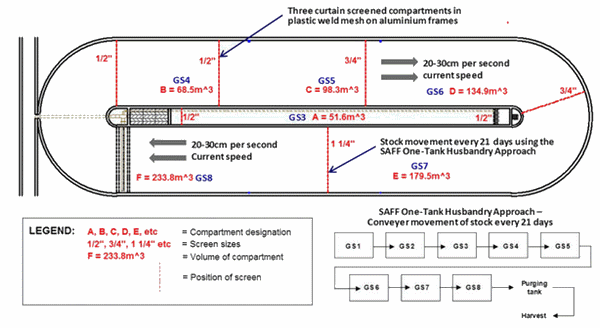
Optimizing Tilapia Biofloc Technology Systems Part 1 Engormix

Fatty Acid Composition Lipid Of Biofloc In High And Low Protein Fed Download Table

Pdf Effects Of Stocking Density On Growth Performance And Feed Utilization Of Nile Tilapia Fingerlings Under Biofloc System
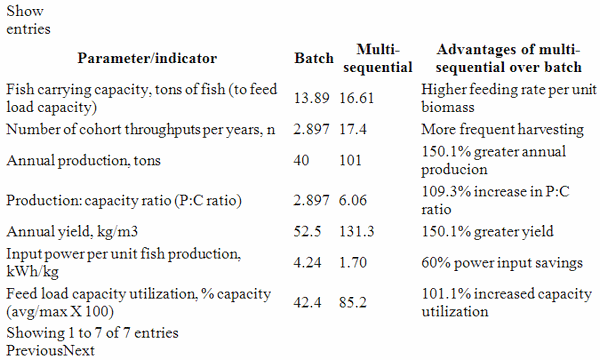
Optimizing Tilapia Biofloc Technology Systems Part 1 Engormix

Ten Easy Steps Towards Biofloc Production Of Shrimp Or Tilapia The Fish Site
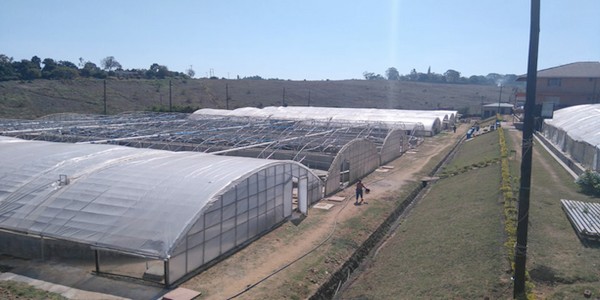
Optimizing Tilapia Biofloc Technology Systems Part 1 Engormix

Factors To Increase The Stocking Density Using Biofloc Technology In Tilapia Production A Mini Review Semantic Scholar

Pdf Nile Tilapia Nursery In A Biofloc System Evaluation Of Different Stocking Densities

Performance And Survival Rate Of Tilapia Kept In The Clear Water And Download Scientific Diagram

Pdf Effects Of Stocking Density On Growth Performance And Feed Utilization Of Nile Tilapia Fingerlings Under Biofloc System

Effects Of Stocking Density On Body Composition Of Nile Tilapia Fry Download Table

Pdf Effects Of Stocking Density On Growth Performance And Feed Utilization Of Nile Tilapia Fingerlings Under Biofloc System

Pdf Nile Tilapia Fingerling Cultivated In A Low Salinity Biofloc System At Different Stocking Densities
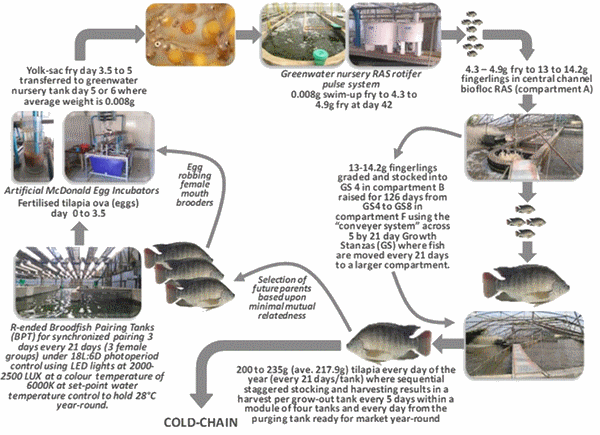
Optimizing Tilapia Biofloc Technology Systems Part 1 Engormix

Amino Acid Composition Weight Of Fish Meal And Biofloc Obtained Download Table
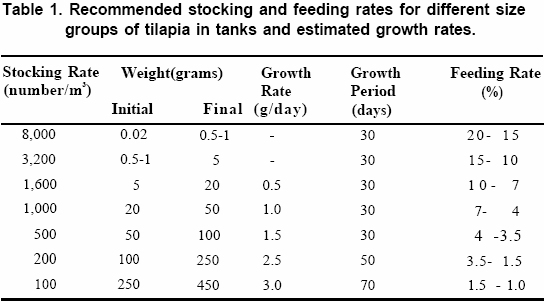
Tank Culture Of Tilapia The Fish Site

Effects Of Stocking Density On Growth Body Composition Yield And Economic Returns Of Monosex Tilapia Oreochromis Niloticus L Under Cage Culture System In Kaptai Lake Of Bangladesh Semantic Scholar

Factors To Increase The Stocking Density Using Biofloc Technology In Tilapia Production A Mini Review Semantic Scholar
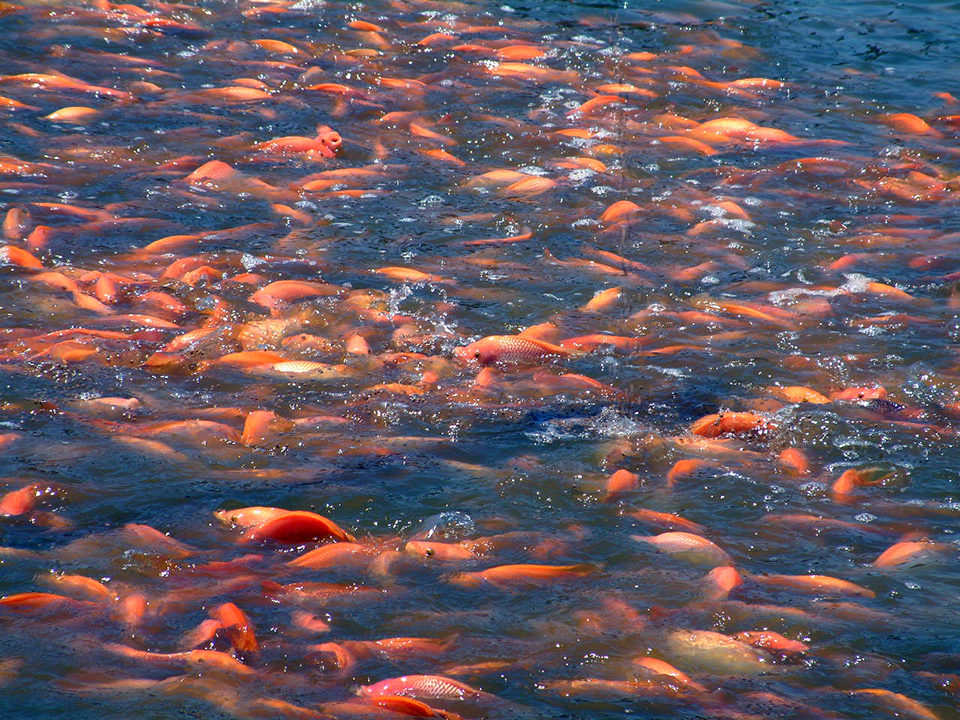
Tilapia Production Using Biofloc Technology Global Aquaculture Advocate
Post a Comment for "Biofloc Tilapia Density"